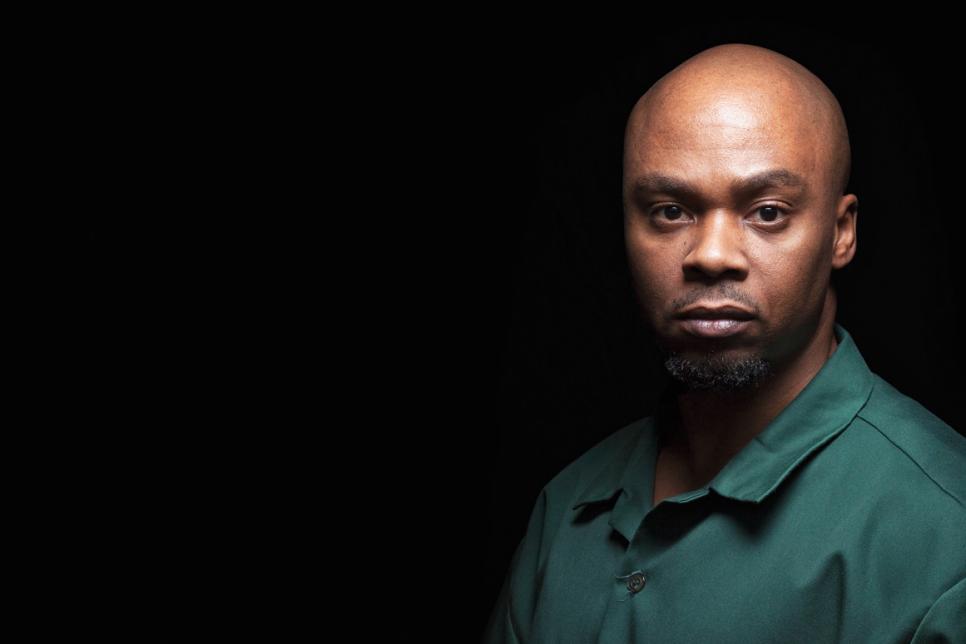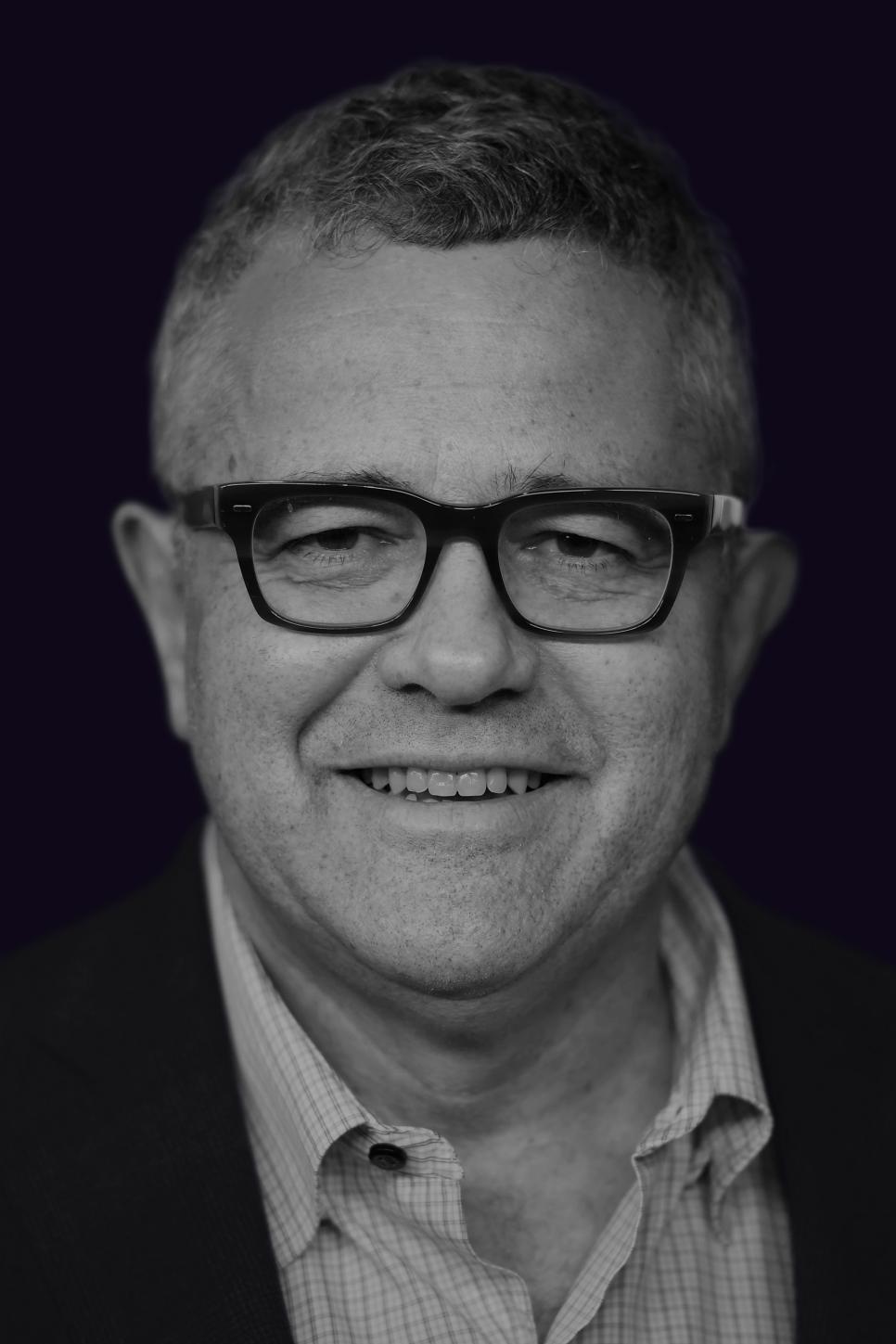News
Valentino Dixon's Case: Everything Went Wrong

The most extraordinary thing about the saga of Valentino Dixon is that it is not extraordinary at all. It is, of course, unusual and wonderful that Dixon developed his gift for sketching golf courses in prison—and that his talent drew the meticulous attention of Golf Digest’s Max Adler—but the specifics of the case look all too familiar. Dixon’s prosecution represents a textbook study in everything that can go wrong in the criminal-justice system—and, all too often, does.
The story of Dixon’s conviction and 27-year incarceration reads almost like a checklist of some of the major flaws in our system. Eyewitness misidentification: check. Prosecutorial blindness: check. Inadequate defense: check. Dixon was unfortunate, to put it mildly, in that all of these defects converged in his single case, but he was by no means unusual in suffering because of any one of them. According to the National Registry of Exonerations, exposing these kinds of errors (and plenty of others) has freed more than 800 prisoners since 2013.

Dimitrios Kambouris
The murder of Torriano Jackson on a hot August night in 1991 would have been difficult to solve in the best of circumstances. A crowd of 70 or so people had gathered. There was a brawl. The grappling turned to shooting. More than two dozen shots. Shell casings from three different guns on the ground. A dead body. Who did it?
Police seized on Dixon as a suspect, and why not? He was out on bail after pleading guilty to a weapons charge. So hours after the shooting, the police arrested him. Three eyewitnesses said Dixon did it. Case closed, right? But the weaknesses in the case—huge ones—quickly became apparent. LaMarr Scott told the local media and then the police that he had committed the murder, not Dixon. Scott even offered to take a polygraph, but the criminal-justice personnel turned him down. They had their man: Dixon. In time, Scott would recant his confession, but his words alone established more than reasonable doubt about Dixon’s guilt.
What should have happened? By now we know the weaknesses of eyewitness identifications from old-fashioned lineups and photo arrays. According to a 2014 report from the National Academy of Sciences, the best way to conduct lineups (with photos or in person) is “double-blind”—that is, when neither the administrator nor the eyewitness knows who the suspect is. This reduces the chance for the police to offer non-verbal, or more explicit, clues about who the suspect is. This dubious photo array, certainly, should have been the basis for strong defense testimony during Dixon’s trial, but his attorney called no witnesses at all—which is astonishing, considering how many people were present when Jackson was killed. Dixon’s lawyer could have called a parade of witnesses who said they were at the scene and didn’t know who did the shooting—and that alone could have provided the jury with reasonable doubt. And this was especially true because the prosecution produced no motive and no physical evidence linking Dixon to the crime.
Above all, though, the responsibility for miscarriages of justice falls on police and prosecutors—who failed abysmally in Dixon’s case. Scott’s confession should have been the tipoff that something was wrong with the case against Dixon, but law enforcement doubled down and—this is rare—charged two witnesses, who backed Scott’s confession, with perjury. The charges made the pair nearly useless as defense witnesses, which might well have been the real justification for prosecuting them in the first place. The way the case unfolded gives every indication that law enforcement made up its collective mind from moments after the shooting and then tried to shoehorn all of the evidence into a believable narrative of Dixon’s guilt. This sort of bullheadedness, the refusal to test one’s own assumptions and conclusions, is a cancer in our system.
And it’s impossible to look at the story of Valentino Dixon without seeing the unending theme of American justice—and that’s race. Dixon is African-American, and virtually every other person involved in the case was white, and that includes the police chief, prosecutor, trial judge, defense attorney and all 12 members of the jury that convicted him.
Dixon recently retained lawyers, and they plan to bring two civil cases against the city of Buffalo and the state based on New York’s Unjust Imprisonment Act; juries in these cases have awarded more than $1 million for each year of wrongful imprisonment. Still, Valentino Dixon’s case will always be a reminder of what happens to a black man facing a white man’s rigged system of justice—that, alas, turns out to be par for the course.